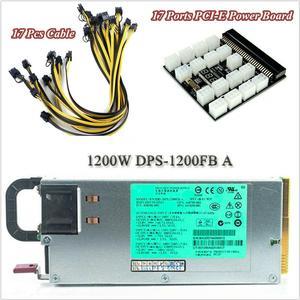
- Type: N/A
- Model #: MR-L6MQN-05
- QAR490.29 –
- Free Shipping
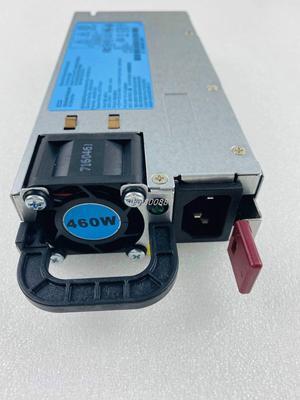
- Model #: YMD9-S5E1D338
- QAR588.04 –
- Free Shipping
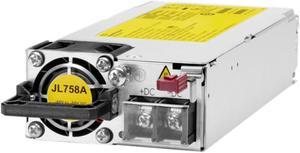
- QAR9,890.57 –
- More options from QAR9,074.36 - QAR10,436.99
- Free Shipping
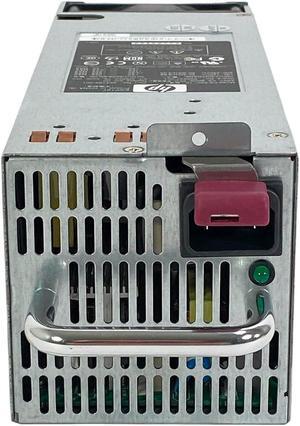
- Model #: SAB09YD8V2F8
- QAR573.85 –
- Free Shipping
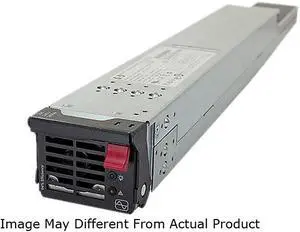
- Type: Proprietary Power Supply
- Output: 2.40 kW
- Input Voltage: 220 V AC
- Efficiency: 92%
- Model #: 588603-B21
- QAR1,051.37 –
- Free Shipping
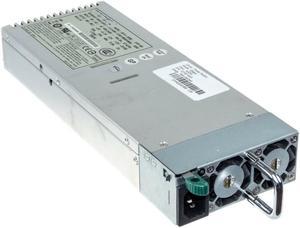
- Model #: ywc-0056147
- QAR349.99 –
- More options from QAR340.48 - QAR372.94
- Free Shipping
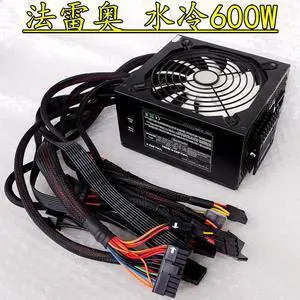
- Model #: YMD9-S5E1D616
- QAR689.81 –
- More options from QAR689.81 - QAR722.62
- Free Shipping
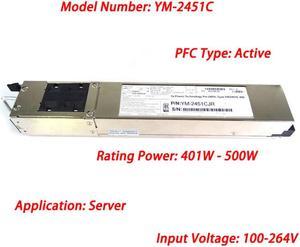
- Model #: ywc-0056148
- QAR351.26 –
- More options from QAR348.14 - QAR381.35
- Free Shipping
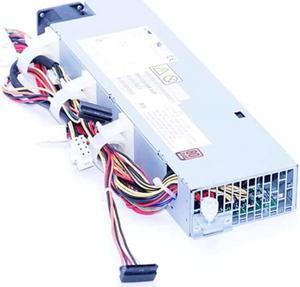
- Model #: ywc-0056209
- QAR398.04 –
- More options from QAR397.88 - QAR436.02
- Free Shipping

- Model #: HSL-CRT-AA39619
- QAR312.00 –
- Free Shipping
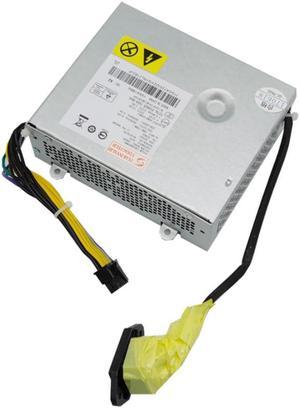
- Model #: ZZL-RNU-ASD1705763
- QAR316.32 –
- More options from QAR306.04 - QAR335.10
- Free Shipping
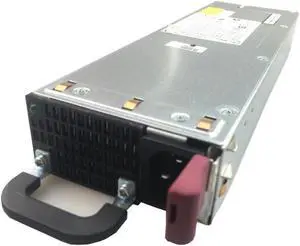
- Model #: ywc-0105064
- QAR287.09 –
- Free Shipping

- Model #: ywc-0056302
- QAR508.27 –
- More options from QAR505.01 - QAR553.76
- Free Shipping

- Model #: ZZL-RNU-ASD1706116
- QAR776.62 –
- Free Shipping
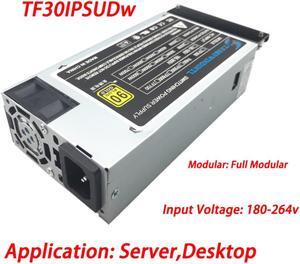
- Model #: ZZL-RNU-ASD1705883
- QAR413.57 –
- Free Shipping
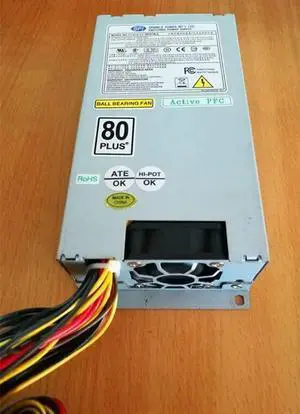
- Model #: YMD9-S5E1D449
- QAR601.43 –
- Free Shipping
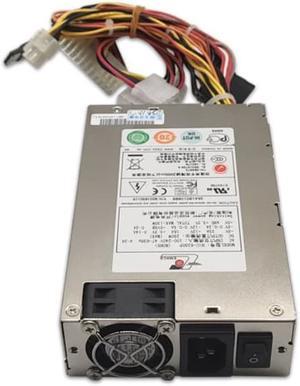
- Model #: ZZL-RNU-ASD1706158
- QAR895.22 –
- More options from QAR895.22 - QAR938.15
- Free Shipping
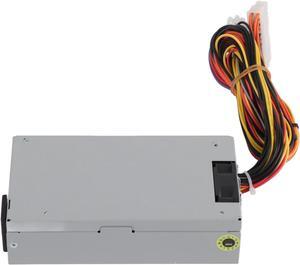
- Model #: SAB0CC2WC2BD
- QAR232.07 –
- Free Shipping
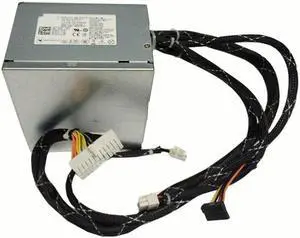
- Model #: YH-107-00250
- QAR941.14 –
- More options from QAR757.52 - QAR941.14
- Free Shipping
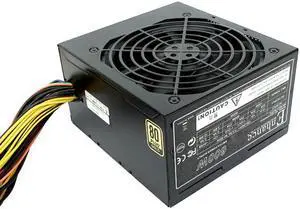
- Model #: YMD9-S5E1D734
- QAR743.37 –
- Free Shipping

- Part Number: 400W
- Type: SFX
- Main Connector: 20+4Pin
- Input Voltage: 110-230V
- Model #: SFX-400W
- QAR281.81 –
- Free Shipping

- Model #: ywc-0056072
- QAR287.36 –
- More options from QAR286.91 - QAR314.08
- Free Shipping
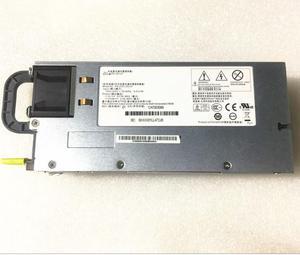
- Model #: ywc-0056291
- QAR503.18 –
- More options from QAR493.52 - QAR541.15
- Free Shipping
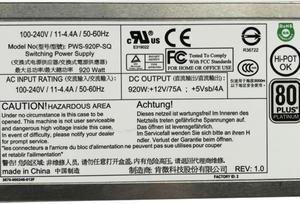
- Model #: GYM-WIQ-DSA57401
- QAR404.05 –
- Free Shipping
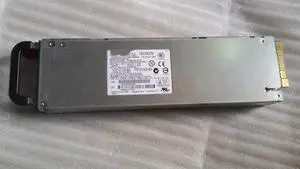
- Model #: YMD9-S5E1D221
- QAR582.69 –
- Free Shipping

- Model #: ywc-0056343
- QAR585.32 –
- More options from QAR585.32 - QAR642.06
- Free Shipping
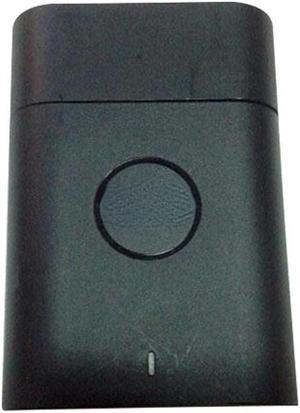
- Model #: ZMT-8180492
- QAR351.94 –
- More options from QAR351.94 - QAR583.19
- Free Shipping
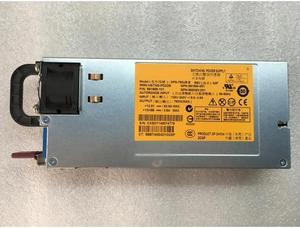
- QAR461.13 –
- More options from QAR459.09 - QAR503.30
- Free Shipping
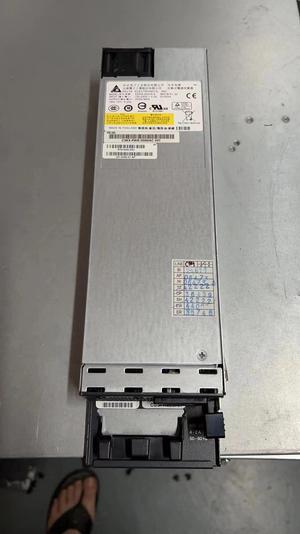
- Model #: YMD9-S5E1D214
- QAR582.69 –
- Free Shipping
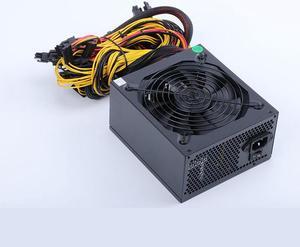
- Model #: YMD9-S5E1D710
- QAR743.37 –
- More options from QAR743.37 - QAR778.82
- Free Shipping
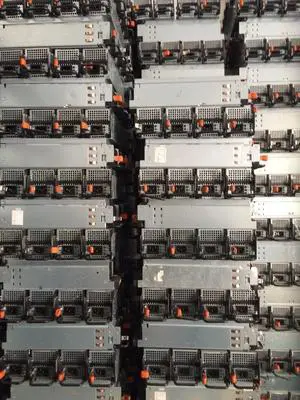
- Model #: YMD9-S5E1D425
- QAR598.75 –
- Free Shipping
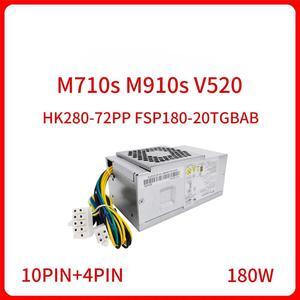
- Model #: BA-Z-a195
- QAR642.72 –
- More options from QAR642.72 - QAR705.14
- Free Shipping
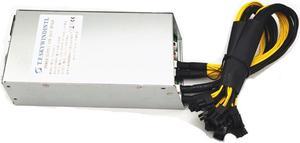
- Model #: ywc-0056453
- QAR765.15 –
- Free Shipping
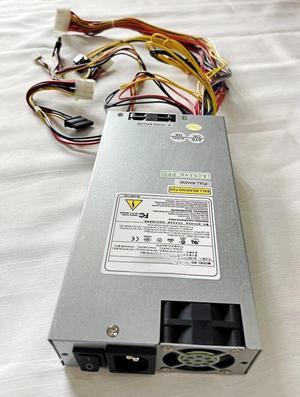
- Model #: YMD9-S5E1D615
- QAR689.81 –
- Free Shipping
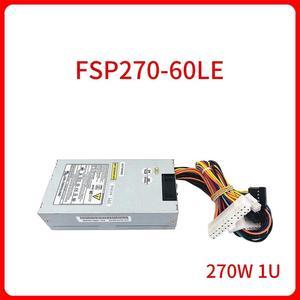
- Model #: BA-Z-a209
- QAR680.97 –
- More options from QAR680.97 - QAR747.19
- Free Shipping
The primary purpose of a server power supply is converting alternating current (AC) into direct current (DC). The reason is that computers and servers use DC, not AC, which is the type of power that comes from your wall outlet. The power supply is a piece of hardware that powers all the other components of the server with dedicated connectors.
A Redundant Power Supply Prevents Downtime
In a redundant power supply setting, your server works with two or more power supplies. Every PSU can run the server on its own if the other fails. Under normal conditions, each PSU provides half of the power required to operate the server. Most redundant power supplies support hot-swapping, i.e., you can replace the PSU without switching the server off. Hot-swapping prevents downtime, which is particularly important in web servers and mission-critical business environments where you need to keep information and work flowing. While you replace one of the power supplies, the other keeps the server running. It is advisable to install each redundant PSU on a different electrical circuit, so the system will keep working even during a circuit trip or maintenance operations.
Linear vs. Switching Server Power Supplies
When considering power supplies, a linear server and a PC power supply have a more straightforward construction, and require fewer components to convert AC to DC. They tend to be pretty silent, which is an important factor in some work environments. Like server processors, these power supplies work well in systems with efficient cooling. Switching-style power supplies have an internal switch that controls electricity. This leads to less energy consumption. In comparison with a linear PSU, a switching one tends to have smaller components. However, it also produces more noise.
Certifications Determine the Energy Efficiency of Your Server Power Supply
80 PLUS® is a voluntary certification program that classifies server and PC power supplies, including power strips, by their energy efficiency. You can obtain the energy efficiency value by dividing the amount of power the PSU provides by the amount of energy it draws from the power outlet. 80 PLUS Titanium PSUs are the most efficient, as they offer 92% energy efficiency at 20% load, 94% efficiency at 50% load and 90% efficiency at 100% load. 80 PLUS Platinum power supplies offer 90% efficiency at 20% load, 92% efficiency at 50% load and 89% efficiency at 100% load. 80 PLUS Gold PC power supplies provide 87% efficiency at 20% load, 90% efficiency at 50% load and 87% efficiency at 100% load. There are other 80 PLUS certifications with inferior efficiency requirements, but they are less common in server PSUs.
Server PSUs Come With Different Connector Types
Server power supplies come with different types of main ATX connectors. The most common connector in older motherboards is the 20-pin one. Most modern motherboards, instead, feature the 24-pin connector. You can also find PSUs with a 20+4 connector, which works with any motherboard, whether it has the 20-pin or 24-pin connector.
